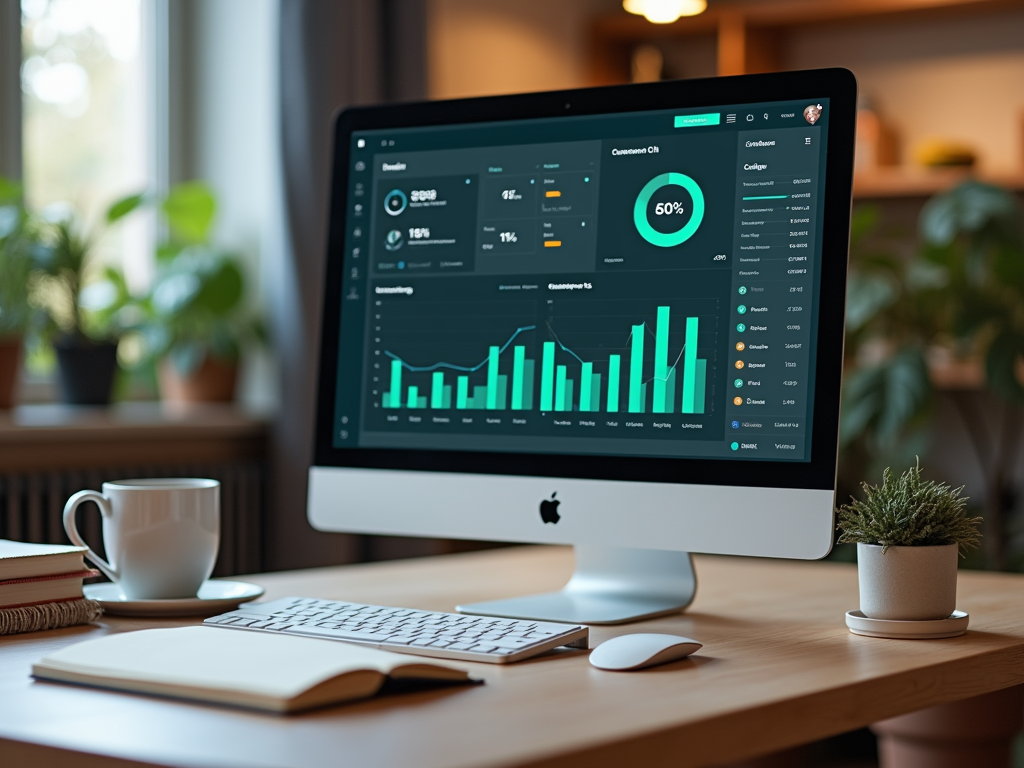In today’s fast-paced business environment, understanding how to effectively use a Customer Relationship Management (CRM) system is indispensable for any organization striving for success. A well-implemented CRM solution has the potential to revolutionize how a business interacts with its customers, enhancing both satisfaction and retention. This guide aims to illuminate the pathways of CRM usage, providing you with the tactics required to leverage its full potential. By harnessing the power of CRM, businesses can unlock insights that drive decisions, foster engagement, and streamline processes. Whether you’re a seasoned professional or new to CRM, this ultimate guide will equip you with valuable knowledge. Join us as we dive deep into the nuances of CRM systems, from understanding their functionalities to maximizing their benefits.
Understanding CRM Systems

CRM, or Customer Relationship Management, refers to strategies, software, and services that help businesses manage customer interactions and data. Its core functionalities include tracking customer information, managing sales leads, and improving customer service. Today, businesses can choose from various types of CRM systems, each catering to specific operational needs. These systems can primarily be categorized as Operational, Analytical, and Collaborative, each designed to tackle different aspects of customer relationship management.
| Type of CRM | Key Features | Best for |
|---|---|---|
| Operational CRM | Sales automation, Marketing automation, Customer service tools | Sales and support teams |
| Analytical CRM | Data mining, Predictive analytics, Customer segmentation | Data-driven decision making |
| Collaborative CRM | Information sharing, Coordination tools, Communication interfaces | Enhancing team collaboration |
Adopting a CRM system offers numerous advantages that can significantly aid businesses. Among these benefits, enhanced organization of customer data allows for better tracking and management of relationships. Improved communication and collaboration among team members lead to greater consumer insights and faster response times. Furthermore, a well-utilized CRM can lead to increased customer retention and satisfaction, evident through personalized service experiences. To capture these advantages, businesses can focus on the following:
- Centralized data storage that improves access to customer information.
- Automated tasks that free up time for more strategic activities.
- Comprehensive reports that illuminate customer behavior trends.
Getting Started with Your CRM

The initial step in leveraging a CRM system is selecting the right one that caters closely to your business needs. Factors to consider include usability, pricing, scalability, and the specific functionalities required for your operations. After establishing a clear understanding of your requirements, the next phase involves setting up your CRM effectively. This includes importing existing customer data, configuring user permissions, and creating a streamlined workflow that supports your team’s daily activities.
Once you’ve settled on a CRM platform, initial configurations are crucial. Importing data—such as contacts, leads, and communication history—from your previous systems should be done carefully to avoid loss of critical information. User setup is also vital; ensure that all team members have the appropriate access levels and understand how to navigate the system. Additionally, customizing your CRM dashboard can significantly enhance productivity. Adjusting dashboard widgets to display relevant metrics can lead to immediate gains in efficiency and visibility.
Best Practices for Using a CRM
Consistency is key when utilizing a CRM effectively. It’s essential to regularly update customer information to ensure accuracy and relevancy. CRM analytics should not be overlooked as they can provide invaluable insights that inform strategic decisions. Moreover, getting your entire team involved in using the CRM can create a culture of accountability and collaboration. This collective effort ultimately leads to better customer interactions, meaning your business can respond swiftly to changing needs.
Training should be deemed a seminal aspect of CRM implementation. Comprehensive training ensures that all users understand the CRM’s functionalities and can utilize it to its fullest potential. Invest in resources such as workshops, webinars, and written manuals to aid this learning process. Cultivating ongoing education around CRM usage is also beneficial; consider creating a continuous learning environment with regular check-ins and refresher courses.
Integrating CRM with Other Tools
An effective CRM system transcends its standalone capabilities when integrated with other essential tools. Integration points often include systems used for email marketing, project management, and customer service. By creating a connected tech stack, businesses can streamline processes and foster communication across departments. The benefits of integrations extend beyond mere convenience, leading to increased productivity and more cohesive strategies.
To gauge the success of your CRM implementation, tracking key performance indicators (KPIs) is imperative. Metrics such as customer retention rates, marketing campaign effectiveness, and sales growth offer a window into your CRM performance. Adjusting strategies based on insights gathered from these analytics will ensure that your CRM evolves alongside your organization’s changing needs. This adaptability is fundamental to long-term CRM success.
Conclusion
In summary, effectively using a CRM system is not just about adopting new technology; it’s about fundamentally changing the way your business engages with its customers. By understanding its functionalities, integrating it with your existing tools, and focusing on training and best practices, your organization can maximize CRM benefits. Continuous adaptation and optimization of CRM practices will further solidify your relationship-building efforts and operational efficiency. Embrace this opportunity to elevate customer experiences and drive sustainable growth through strategic CRM usage.
Frequently Asked Questions
- What is the primary purpose of a CRM system?
The primary purpose of a CRM system is to manage and analyze customer interactions and data throughout the customer lifecycle. - How does a CRM improve customer relationships?
A CRM improves customer relationships by providing a centralized platform for storing customer information, enabling better communication, and facilitating personalized experiences. - Can small businesses benefit from a CRM?
Yes, small businesses can greatly benefit from a CRM by streamlining processes, improving customer relationships, and enhancing sales management. - How do I know if my CRM is successful?
You can measure CRM success by tracking KPIs such as customer retention rates, sales growth, and user adoption rates. - What are common mistakes to avoid when using a CRM?
Common mistakes include failing to update data regularly, not training staff adequately, and overlooking CRM analytics for decision-making.
